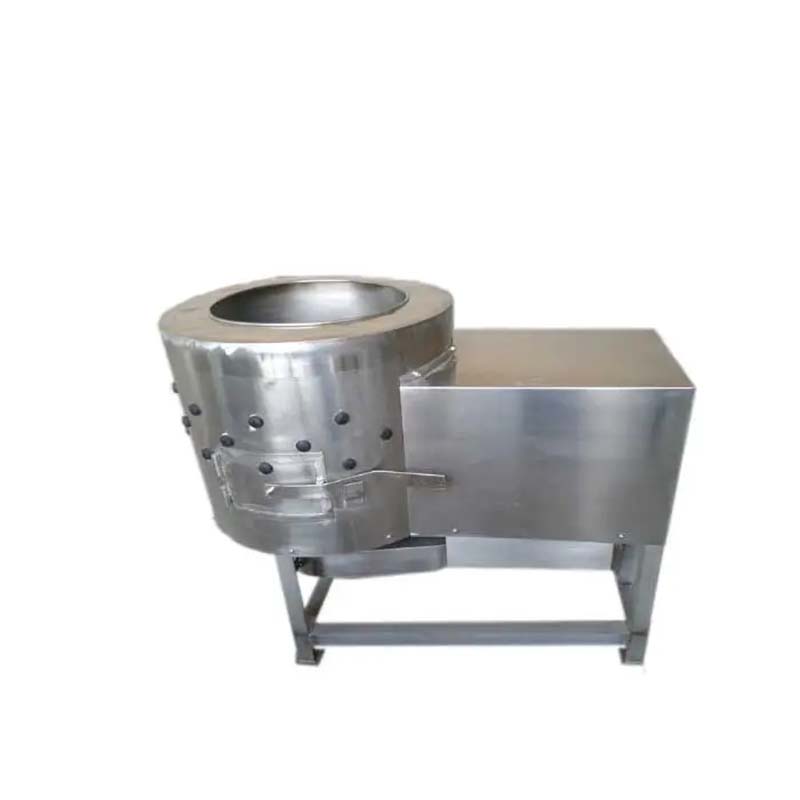Designing an Effective Watering System for Your Chicken Coop
Dec . 17, 2024 05:33 Back to list
Designing an Effective Watering System for Your Chicken Coop
Creating an Effective Chicken Coop Waterer
When it comes to raising chickens, one of the most crucial aspects of their care is ensuring they have access to clean and fresh water. A proper water supply system not only keeps your chickens healthy but also encourages them to drink more, which is essential for their overall well-being. In this article, we will explore the importance of providing an adequate waterer in your chicken coop, the different types of waterers available, and tips for maintaining them.
The Importance of a Reliable Water Source
Chickens, like all animals, need access to fresh water to survive. Water is vital for various bodily functions, including digestion, temperature regulation, and nutrient absorption. A consistent supply of clean water can also boost egg production and overall health. Dehydration can lead to a decline in growth rates, lower egg output, and increased susceptibility to diseases. Therefore, having an effective waterer in your chicken coop is a fundamental aspect of poultry husbandry.
Types of Chicken Coop Waterers
There are several types of waterers available on the market
. Here are a few popular options1. Nipple Waterers These are commonly used in modern chicken coops. Nipple waterers consist of a series of nipples attached to a reservoir. Chickens learn to peck at the nipple, releasing water when they do so. This system minimizes water spillage and keeps the water clean, as it reduces contamination from dirt and droppings.
2. Bucket Waterers A simple yet effective option, bucket waterers use a standard bucket with a float valve. The valve ensures that the water level remains consistent. This type is easy to set up and can hold a significant amount of water, making it suitable for larger flocks.
3. Feeder Waterers Some chicken farmers prefer integrated systems that combine eating and drinking. These waterers typically have a shallow basin where chickens can access water while they feed. However, they can be more challenging to keep clean, as food debris may contaminate the water.
4. Automatic Waterers For those looking to automate the watering process, automatic waterers are an excellent option. These systems are connected to a water source and will refill as needed, ensuring a continuous supply of fresh water. They can be more expensive upfront but save time and effort in the long run.
chicken coop waterer

Maintaining Your Waterer
No matter what type of waterer you choose, regular maintenance is essential. Here are some tips to keep your chicken coop water supply in top condition
- Daily Checks Inspect the waterer daily to ensure it is clean and full. Look for any signs of algae, contamination, or spills that need to be cleaned up.
- Keep It Clean Regularly wash the waterer with a mild detergent and disinfect it at least once a week. This helps prevent the buildup of harmful bacteria, which can pose health risks to your flock.
- Prevent Freezing In colder months, water can freeze, leaving your chickens without access to hydration. Consider using heated waterers or placing waterers in areas that receive sunlight to help prevent freezing.
- Monitor for Spills Ensure the waterer is placed on a surface that can handle any overflows or spills. Using gravel or straw underneath can help absorb moisture and keep the area dry.
- Change Location Seasonally Move the waterer to different locations in the coop to prevent muddy spots from forming. Chickens tend to congregate around water sources, so rotating the position can help maintain a clean environment.
Conclusion
Providing a reliable and clean water supply for your chickens is crucial for their health and productivity. By choosing the right type of waterer for your coop and committing to regular maintenance, you can ensure that your chickens thrive. Remember, a hydrated chicken is a happy chicken, and happy chickens will reward you with plenty of eggs!
-
Hot Sale 24 & 18 Door Rabbit Cages - Premium Breeding Solutions
NewsJul.25,2025
-
Automatic Feeding Line System Pan Feeder Nipple Drinker - Anping County Yize Metal Products Co., Ltd.
NewsJul.21,2025
-
Automatic Feeding Line System Pan Feeder Nipple Drinker - Anping County Yize Metal Products Co., Ltd.
NewsJul.21,2025
-
Automatic Feeding Line System - Anping Yize | Precision & Nipple
NewsJul.21,2025
-
Automatic Feeding Line System - Anping Yize | Precision & Nipple
NewsJul.21,2025
-
Automatic Feeding Line System-Anping County Yize Metal Products Co., Ltd.|Efficient Feed Distribution&Customized Animal Farming Solutions
NewsJul.21,2025






